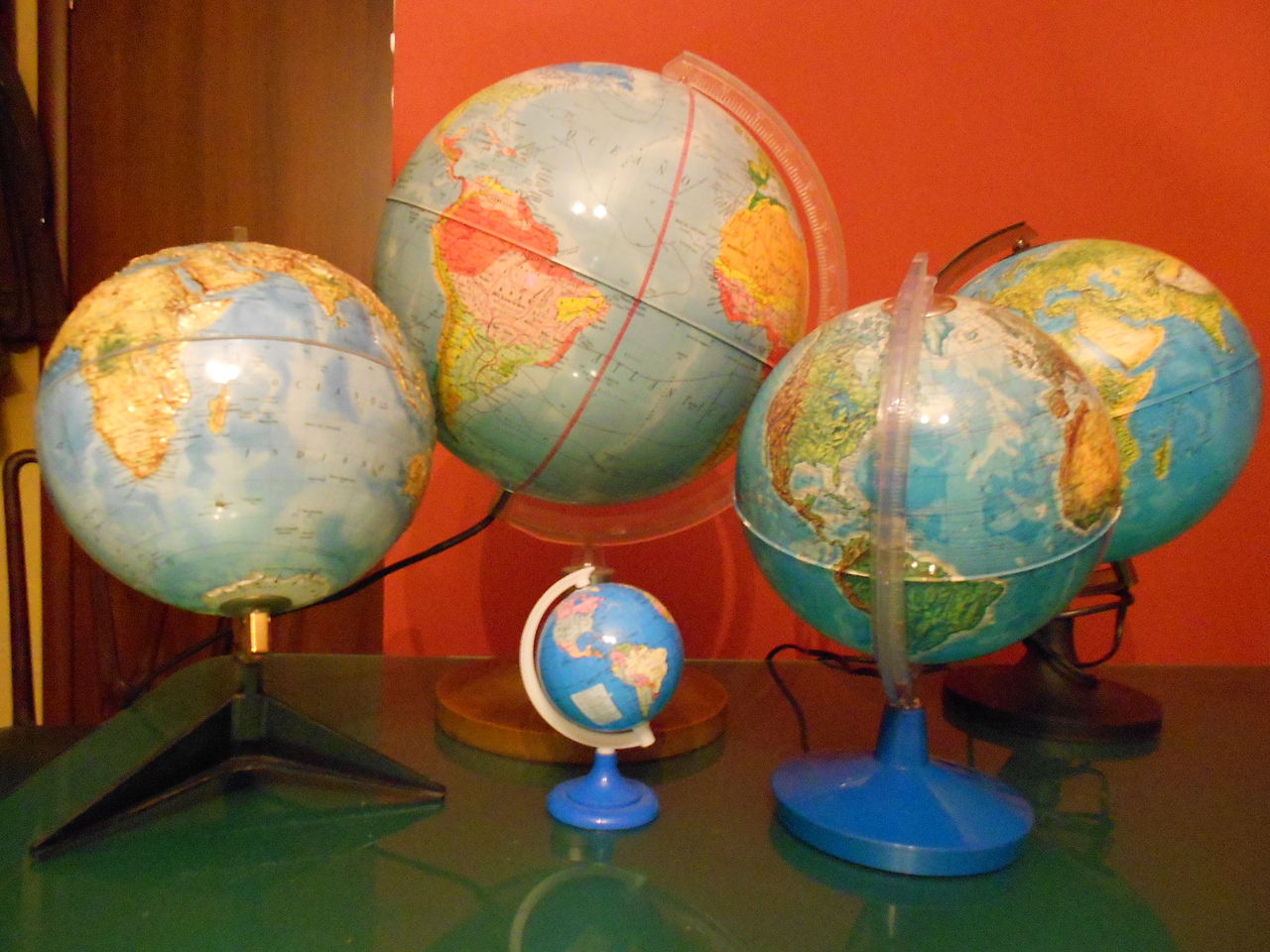David Wilson
Contributor
From the end of the 1960s, our information about the Technisub Tahiti and Tahiti Special is largely gleaned from the company's catalogues, but here is a full-page ad from 1969:
 Italian: "maschera tahiti special. Cerchietto metallizzato, cromato a spessore - cristallo temperato - corpo in neoprene - minimo volume - massima visibilità. Il neoprene è la più pregiata delle gomme sintetiche, è imputrescibile, inattacabile degli ogni agenti atmosferici, l'unica gomma che resiste agli minerali. E la gomma sintetica di grande durata. La tahiti è una maschera tecnica."
Italian: "maschera tahiti special. Cerchietto metallizzato, cromato a spessore - cristallo temperato - corpo in neoprene - minimo volume - massima visibilità. Il neoprene è la più pregiata delle gomme sintetiche, è imputrescibile, inattacabile degli ogni agenti atmosferici, l'unica gomma che resiste agli minerali. E la gomma sintetica di grande durata. La tahiti è una maschera tecnica."
Rough translation: "tahiti special mask. Metallic, chrome-plated rim - tempered glass - neoprene body - minimum volume - maximum visibility. Neoprene is the finest of synthetic rubbers, it is rot-proof, impervious to atmospheric agents, the only rubber that resists all minerals. And the synthetic rubber of great durability. The Tahiti is a technical mask."
Here is the catalogue image of the Tahiti Special from 1969:
 Italian: "tahiti special - la più elegante delle maschere standard - con naso anatomica e membrana interna di tenuta - neoprene antiallergico, antiozono, indeteriorabile - cerchietto cromato - vetro temperato - colore nero. ART. 412. L. 2.500."
Italian: "tahiti special - la più elegante delle maschere standard - con naso anatomica e membrana interna di tenuta - neoprene antiallergico, antiozono, indeteriorabile - cerchietto cromato - vetro temperato - colore nero. ART. 412. L. 2.500."
Rough translation: "tahiti special - the most elegant of the standard masks - with anatomical nose and internal sealing membrane - antiallergenic, antiozone, non-perishable neoprene - chromed rim - tempered glass - black colour. ART. 412. L. 2,500.
And the basic Tahiti from the same catalogue year:
 Italian: "tahiti in gomma antiallergica con naso anatomica per facilitare la compensazione e membrana interna di tenuta - cerchietto in materiale sintetico a colore assortiti - nei colori: bianco avorio - nero - azzurro. ART. 411 - L. 2.000."
Italian: "tahiti in gomma antiallergica con naso anatomica per facilitare la compensazione e membrana interna di tenuta - cerchietto in materiale sintetico a colore assortiti - nei colori: bianco avorio - nero - azzurro. ART. 411 - L. 2.000."
Rough translation: "tahiti in antiallergic rubber with anatomical nose to facilitate compensation and internal sealing membrane - synthetic material rim in assorted colours: ivory-white - black - light blue. ART. 411 - L. 2,000."
Finally, from 1973:
 Italian: "tahiti special - la più elegante delle maschere standard - volume ridotto, naso anatomica e membrana interna di tenuta - neoprene antiallergico, antiozono, indeteriorabile - cerchietto cromato - vetro temperato - colore nero."
Italian: "tahiti special - la più elegante delle maschere standard - volume ridotto, naso anatomica e membrana interna di tenuta - neoprene antiallergico, antiozono, indeteriorabile - cerchietto cromato - vetro temperato - colore nero."
English: "Anatomical designed nose for easy pressure equalization - double edged seal - black neoprene - chromed rim - tempered lens."
French: "Avec nez anatomique pour faciliter la compensation et double lèvre inférieure - en néoprène indétériorable - couleur noire - cerclage chromé - verre trempé."
Enough for today. Back at the weekend. Until then, keep safe and stay well.
Rough translation: "tahiti special mask. Metallic, chrome-plated rim - tempered glass - neoprene body - minimum volume - maximum visibility. Neoprene is the finest of synthetic rubbers, it is rot-proof, impervious to atmospheric agents, the only rubber that resists all minerals. And the synthetic rubber of great durability. The Tahiti is a technical mask."
Here is the catalogue image of the Tahiti Special from 1969:
Rough translation: "tahiti special - the most elegant of the standard masks - with anatomical nose and internal sealing membrane - antiallergenic, antiozone, non-perishable neoprene - chromed rim - tempered glass - black colour. ART. 412. L. 2,500.
And the basic Tahiti from the same catalogue year:
Rough translation: "tahiti in antiallergic rubber with anatomical nose to facilitate compensation and internal sealing membrane - synthetic material rim in assorted colours: ivory-white - black - light blue. ART. 411 - L. 2,000."
Finally, from 1973:
English: "Anatomical designed nose for easy pressure equalization - double edged seal - black neoprene - chromed rim - tempered lens."
French: "Avec nez anatomique pour faciliter la compensation et double lèvre inférieure - en néoprène indétériorable - couleur noire - cerclage chromé - verre trempé."
Enough for today. Back at the weekend. Until then, keep safe and stay well.





